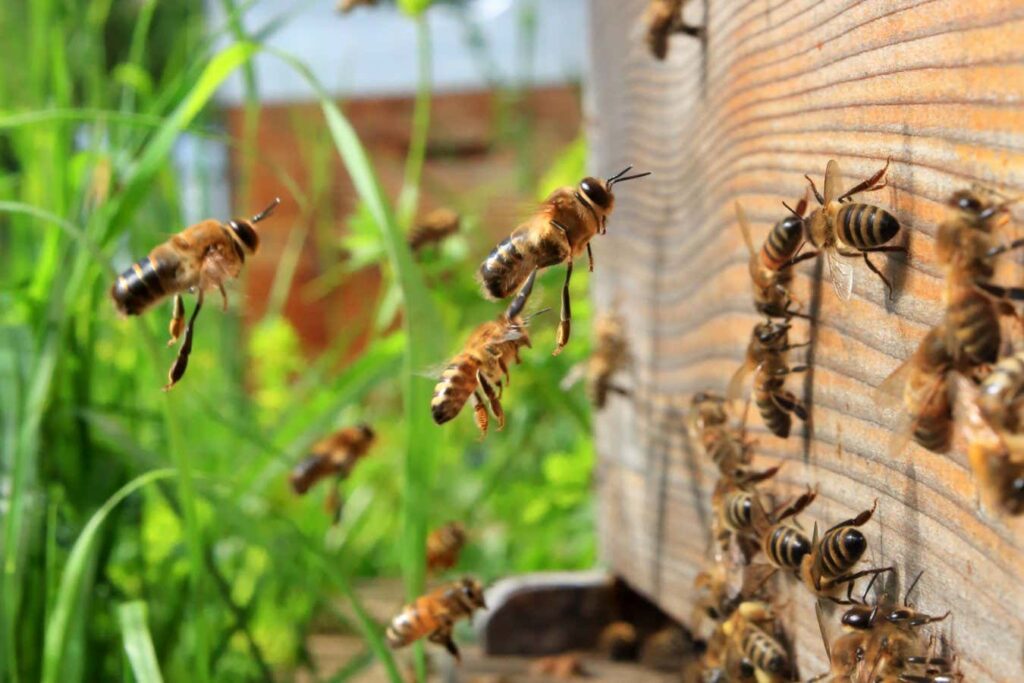How clues in honey can help fight our biggest biodiversity challenges

Foraging honeybees return to the hive carrying pollen from the surrounding flora
Eric Tourneret
If you are lucky enough to come across some, dip your finger in a jar of honey from Pitcairn Island, a remote British Overseas Territory in the South Pacific. Honey is the island’s main export and is highly prized among gourmands. Pure and untainted by pesticides and pollution, it carries delicious subtropical notes of Pitcairn’s flora – passion flowers, mango, guava and rose apple.
It carries a lot more too, if you know how to look. Crack into any pot of honey and you are opening a portal to an entire ecosystem. Honey contains a detailed record of everything the bees that made it encountered during their foraging – not just the flowers that supplied the nectar and pollen, but also other plants, insects, fungi, viruses and larger animals in the environment.
Bees are “passive bioaccumulators”, explains Parwinder Kaur at the University of Western Australia in Perth. As they go about their business, their fuzzy bodies inadvertently collect samples of whatever they come into contact with and these end up in their honey. “It includes everything,” says Luca Fontanesi at the University of Bologna in Italy. “Well, almost everything.”
Scientists are now waking up to the possibility of dipping into that honeypot for sweet morsels of information they currently struggle to obtain. With advanced DNA tools, researchers are using honey to gather data on bee health, the general state of biodiversity in their foraging patch and diseases in the wider environment. It is pinpointing the possible culprits behind the mysterious colony collapse disorder wiping out honeybee hives, helping…



